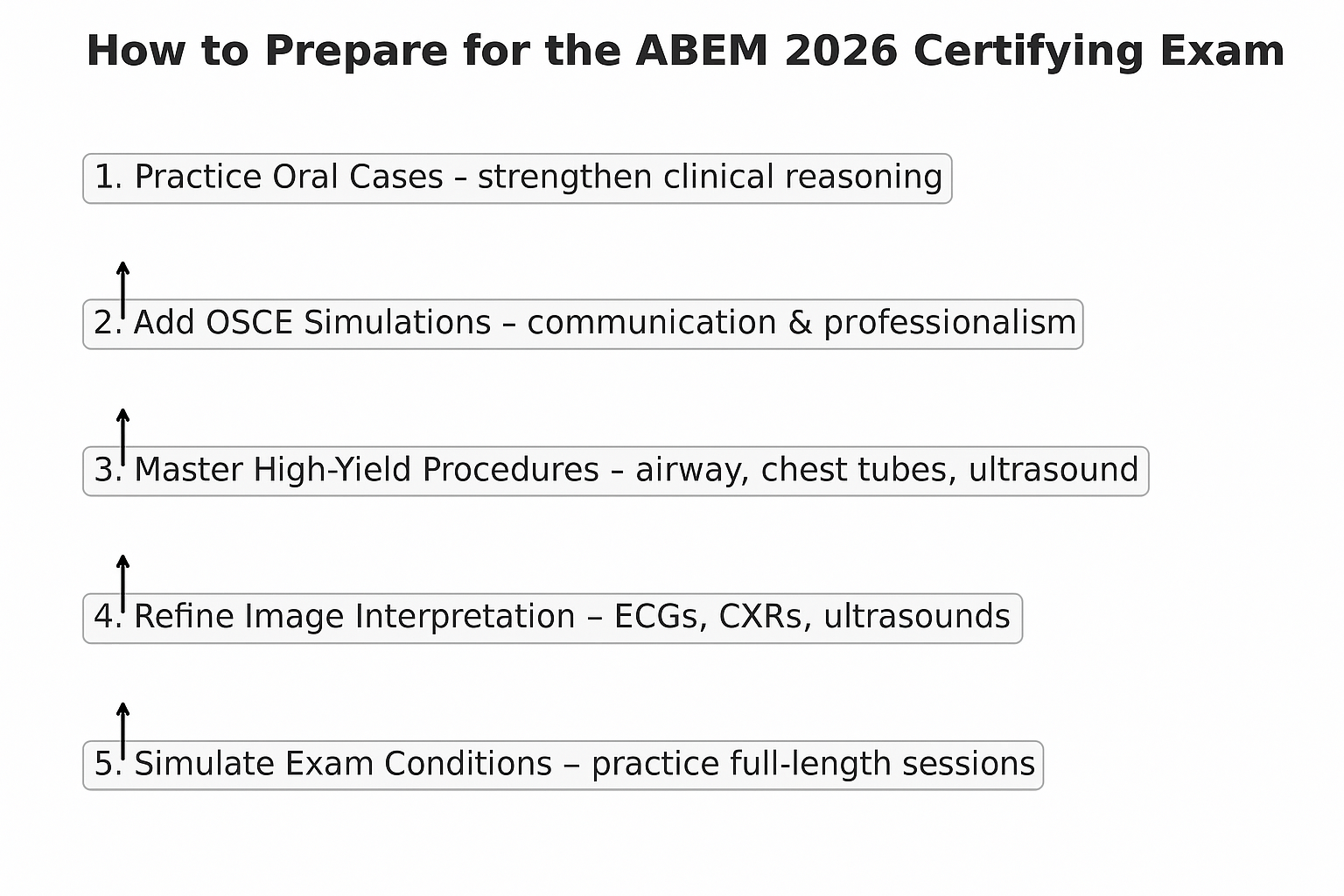News Clip - The Shrinking Number of Primary Care Physicians Is Reaching a Tipping Point
Short, but worth the read. It’s not going to be news to most of you. Inside medicine, the issues with primary care reimbursement rates, and the way some large systems are turning primary care into just another form of urgent care are well known. Primary care physicians are paid to be referrers to specialists.
The author of the rest of this begs anonymity. I work in the medical field here.
This problem with primary care wasn’t news to me either, but I remember reading it at the end of last month while sitting the primary care office with my 91 year old Dad, waiting to see his third new primary care doctor in the office in a year. This is a hospital-affiliated primary care practice, now with a set of related specialists also hospital affiliated. And imaging centers that are hospital affiliated.
And sure enough, we have some new policies from the new primary care physician. No more on-call nurse on nights or weekends. If there’s an emergency or a problem at night, go to the hospital emergency room. If there’s a non-emergency on weekends, go see the urgent care center during the hours they are open, or go to the emergency room.
The primary care doctor will no longer handle prescriptions - all prescriptions must be refilled or renewed by the referred specialist. If we don’t use the referred specialist, then we need to acquire our own specialist and see them for any conditions not covered under primary care, or any chronic issues. (And what, you ask, does the primary care doctor do? Writes referrals to in-network specialists.)
Between Mom and Dad, I’ve been doing elder care now since the early 2000’s. Mom had a lot of problems, there were several hospital admissions.
In the early 2000’s, and into the 2010’s, the primary care physician or hospital-affiliated cardiologist would call in an admission. When COVID started, hospitals stopped taking outside admissions, except for scheduled surgeries. Now, there’s still no direct admission - everything goes through the ED.
Prior to COVID, admission through the ED was (I thought) a painful affair taking 8 to 12 hours. Now the last three events were 37 hours, 42 hours, 34 hours in the ER. There was a fourth event involving a reaction to a new medication, but I pulled him out of the triage hallway after 18 hours. No one helped me load my wheelchair bound father into the car, they just rolled him to the door in a hospital wheelchair. These visits were for actual emergencies - cardiac, a head fall with a brain bleed, a kidney problem.
This is in an area with excellent medical care, a large regional medical center for multiple states, and several hospitals. The issues in primary care are driven by reimbursement and systems, same as the problems in the ER. While large healthcare systems carry some blame, I think you can pin a lot of it on reimbursement. What’s happening in primary care, and in the hallways and triage locations of ED’s, is all related.
Med-Challenger for Residencies offers questions banks and management tools that include exam simulations, blueprint-based content, consistent updates, and lots of student remediation materials.
Med-Challenger offers individual boards prep in Family Medicine, Emergency Medicine, Internal Medicine, Pediatrics, Pediatric Emergency Medicine, and OBGYN.




